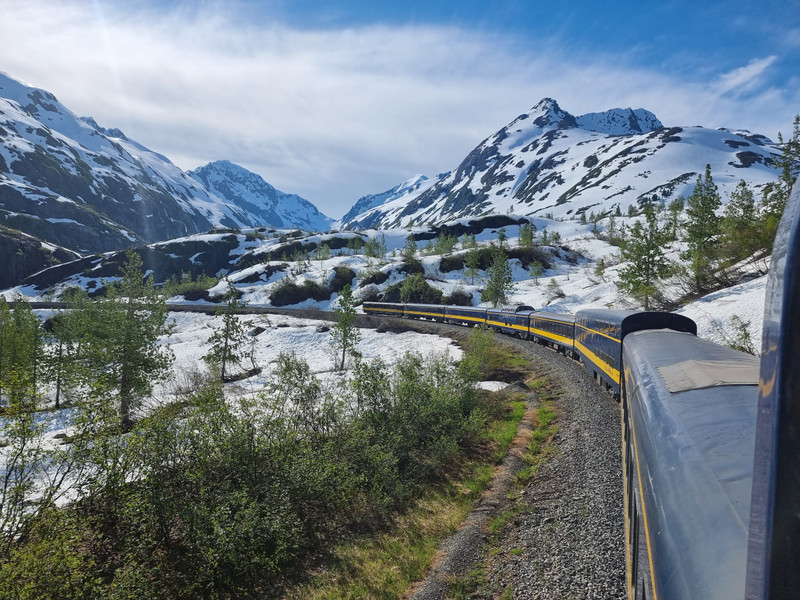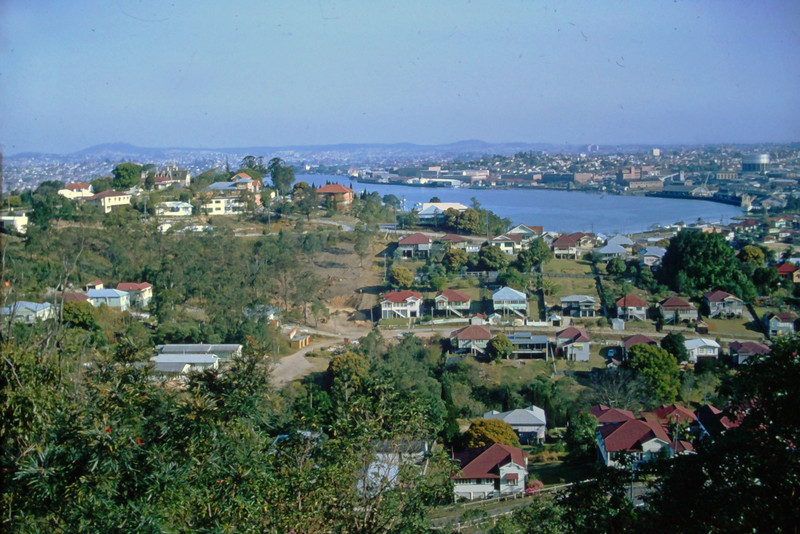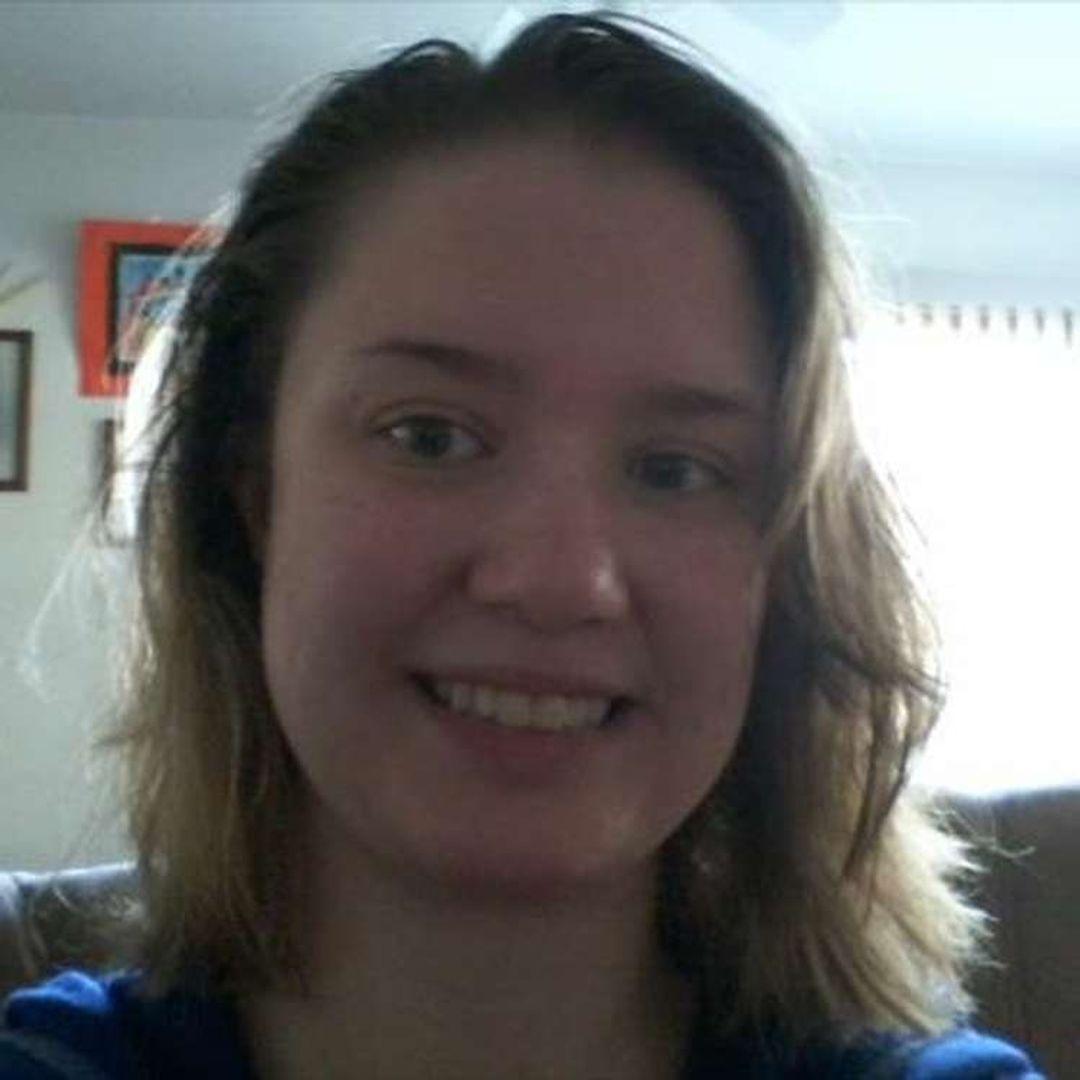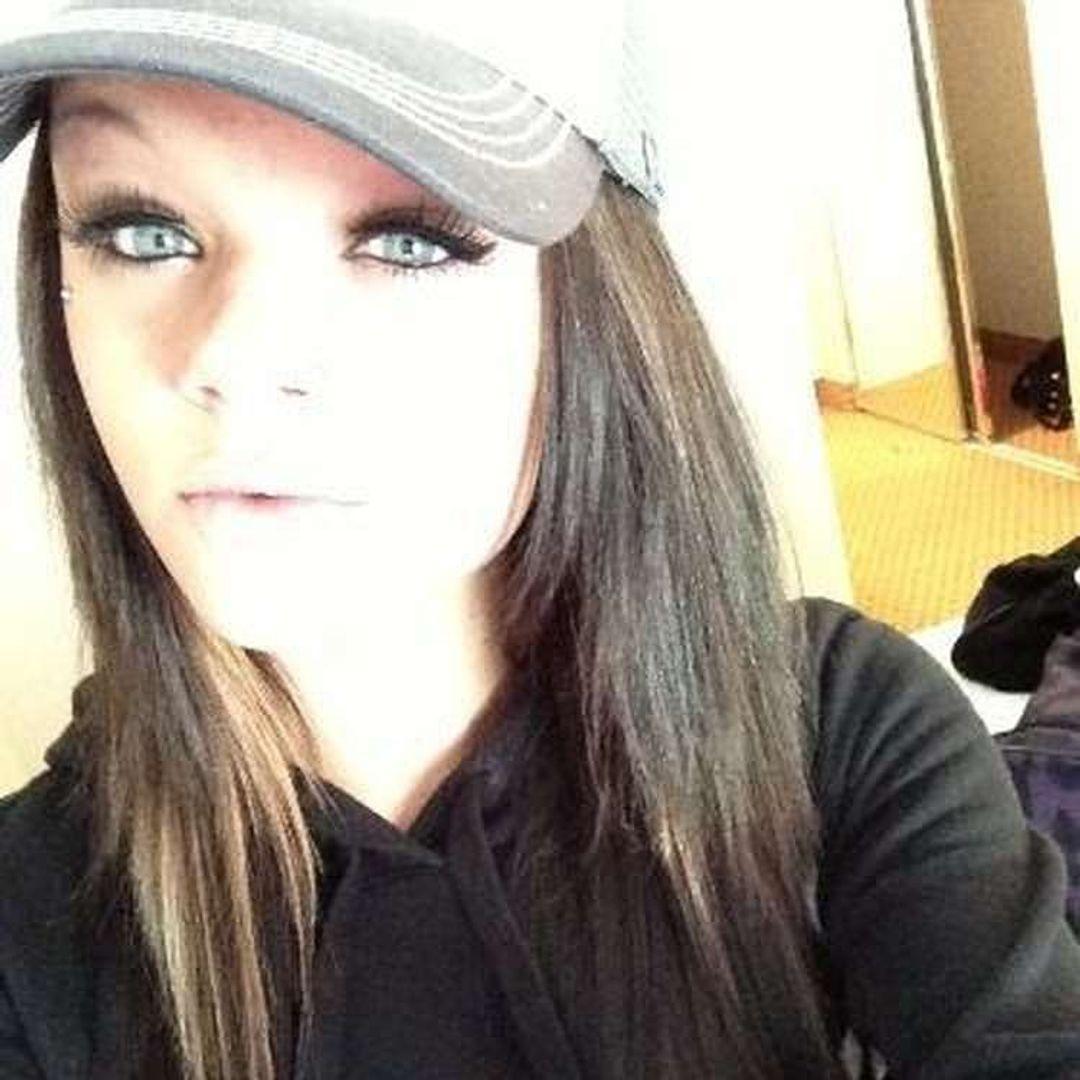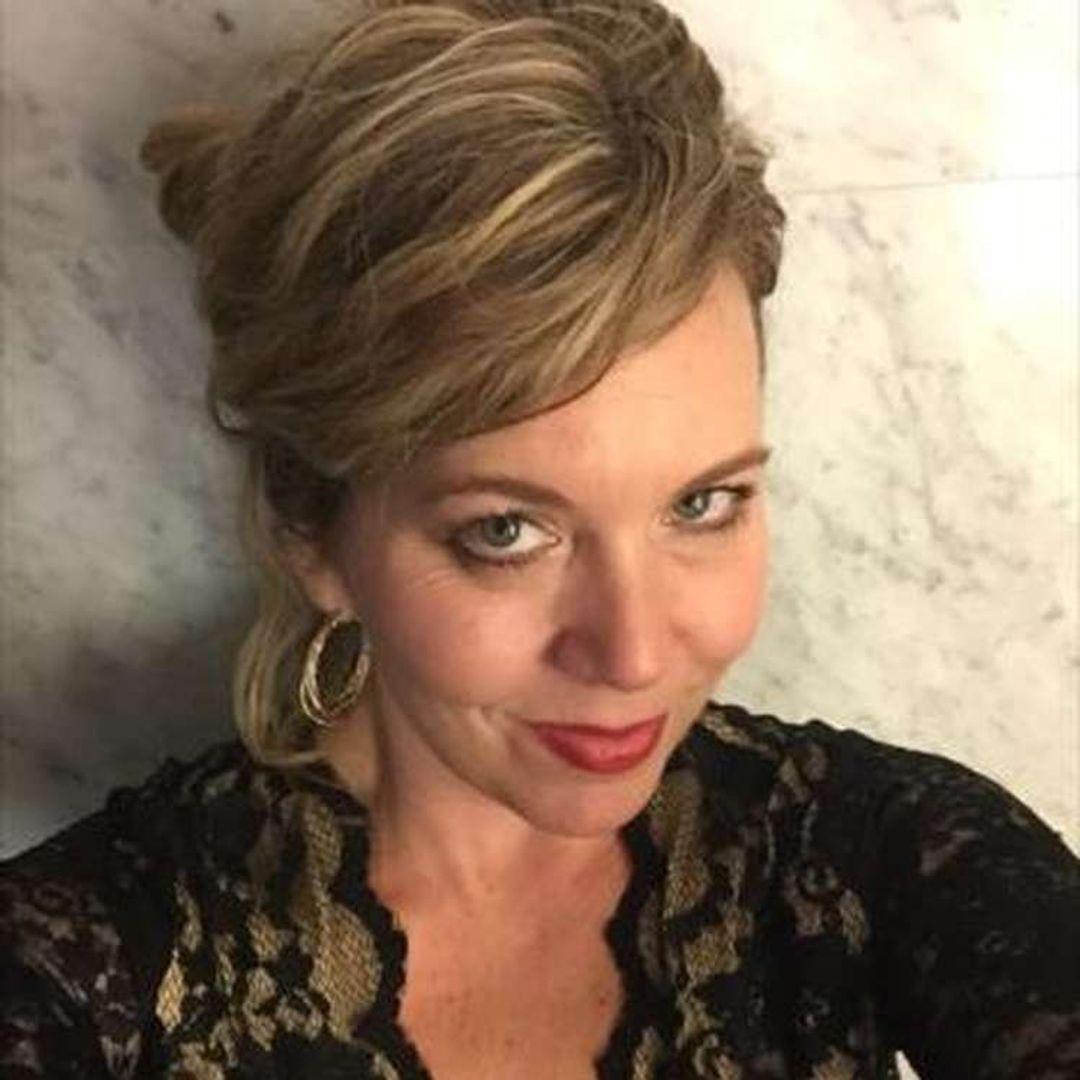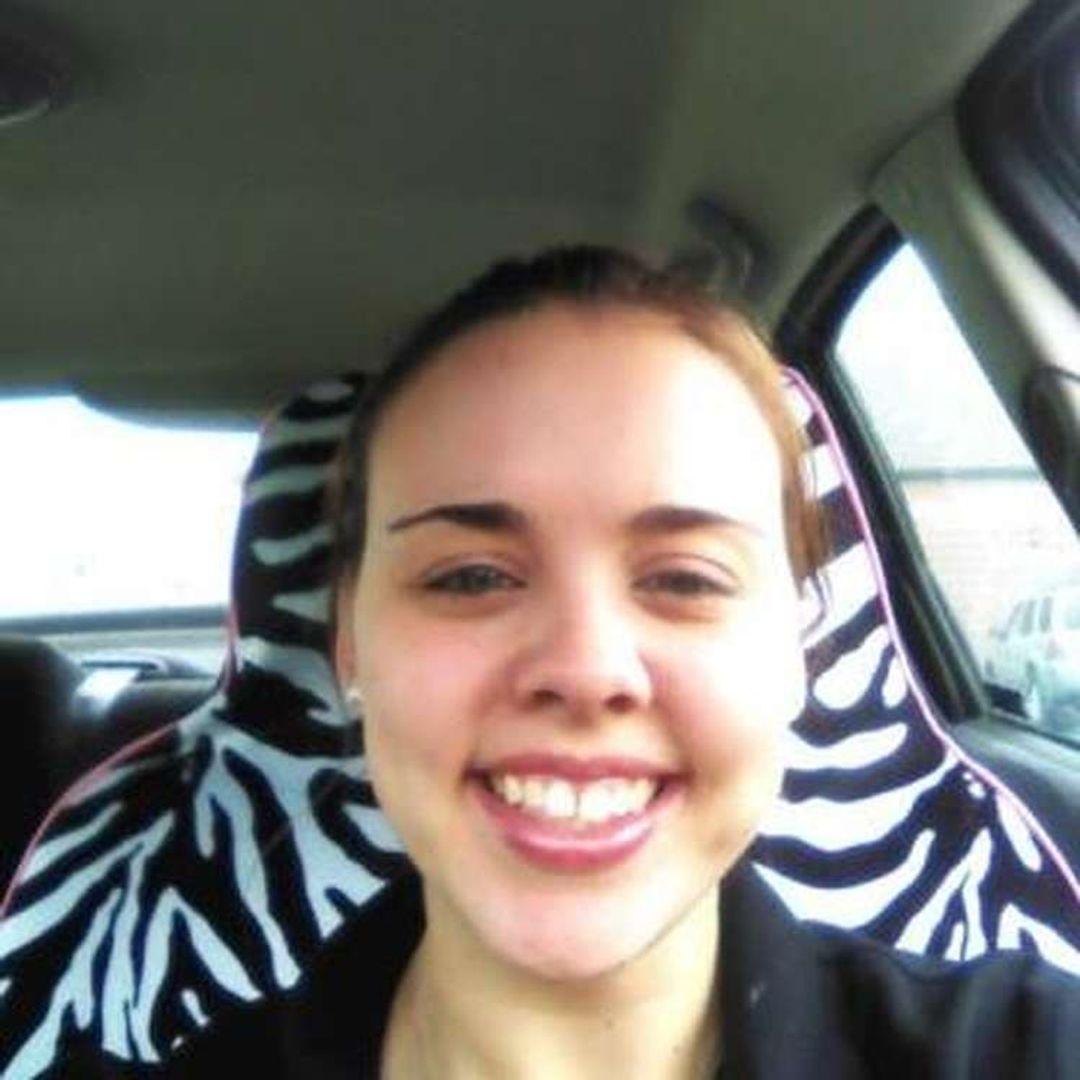In some ways Anchorage feels like any other US city, with wide streets set out in a grid pattern, but look up and there are mountains in every direction. fly overhead, sit in backyards and houses have moose fences.
Alaska is huge, over twice the size of any other US state or, in European terms, larger than France, Germany, Spain and And it is remote, it took us over three hours to fly here from Seattle, the nearest city in continental USA.
There are few tourists so many locals want to chat. A police officer checks that we are not lost and then a good coffee shop and places for dinner; the mail man assures us that the dead end does lead to the shore; a couple who are gardening explain the trials of growing plants when it is below freezing for six months of the year; their garden is, of course, lovely.
The shore has a good path and we see signs of moose damage on the trees, but no moose. Nor bear, thankfully. Across the water are huge mountains including, in the distance, the
white bulk of Denali, Americas highest mountain. The inlet is a branch of the Cook Inlet which Cook thought would be the start of the passage to Europe.
We take a trip by train down to the south coast at Seward; it is a spectacular run on a railway originally built to transport coal to the coast. Mountains and lakes and pristine wilderness on all sides, in many places the railway is the only thing made by man.
In Seward we board a boat to cruise around the fjords, spotting sea birds, seals, sea lions and otters; the otters are resting on their backs, seemingly amused to watch us watching them. At the edge of the ocean we are greeted by a pod of porpoise and then a group of four orca or killer whales. It is rough and windy and at times it rains but it is more than worth it for the wildlife.
While travelling, we have an interesting conversation with two local young people about living in Alaska. The lady, who has two young children, explains that feeding a family is much more expensive in Alaska than
in the rest of the US but they can supplement their food supply by hunting. Alaskan residents are allowed to catch as many salmon as they like for their own use – her children are really bored of eating so much salmon. The guy then explains that residents can also shoot one moose per household and, usually, two caribou (which are, of course, reindeer). Moose cannot be bought, sold, bartered or exported in Alaska – if you shoot it, then you eat it. Similar rules apply to the caribou but these are also farmed (when they do call them reindeer) so you can find reindeer sausage on the menu but no moose burgers. Hunting and fishing are very much family activities so children are involved from a young age as the whole family goes out on the boat or in the seaplane for a hunting expedition.
From Anchorage we head north to Talkeetna, a one street town that was important in trapping days. We stop in at the ageing Fairview Inn for a beer; there is a moose head on the wall and grizzly bear skin hanging from the ceiling. The barmaid is a large lady who
serves our beer in odd glasses and looks confused when we suggest there might be more than one type of tonic.
Further north we reach Denali National Park which is, of course huge – its about the size of Wales – and there is only one 44 mile road in the whole park. Bizarrely, this area was made a National Park not to safeguard Denali mountain but to ensure that the wild Dall sheep were not wiped out by the gold prospectors. The mountain was added to the park relatively recently.
We do see a wild Dall sheep, some moose and many lovely caribou/ reindeer, their antlers still in velvet. Running around in the bushes are Arctic ground squirrels, which stand up vertically like meerkats as we approach. Above us soar golden eagles – we see three in one morning. But in many ways the scenery is the star attraction; huge snowy mountains and, below them, cedar forests giving way to tundra as we gain altitude.
